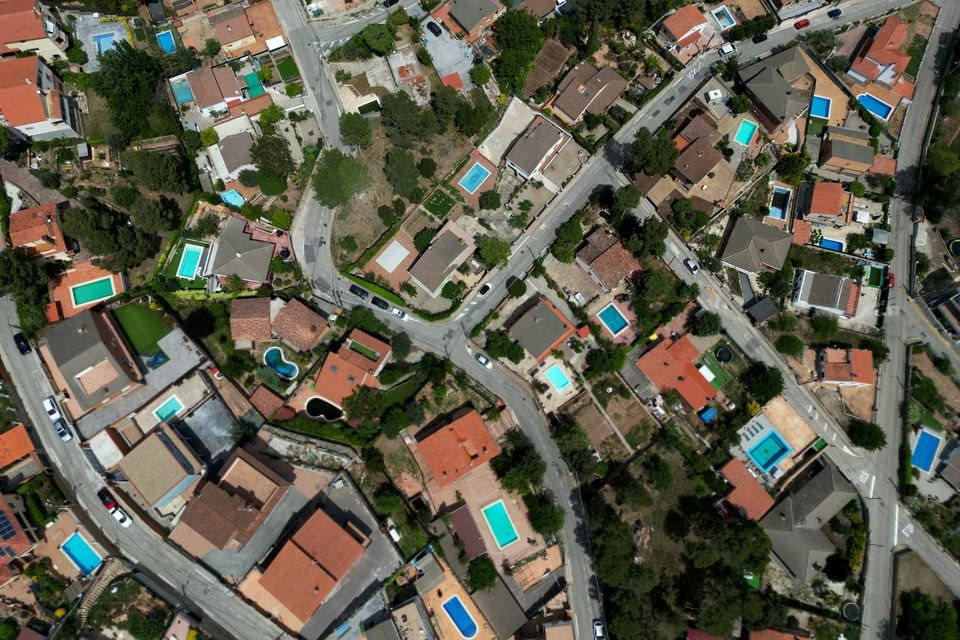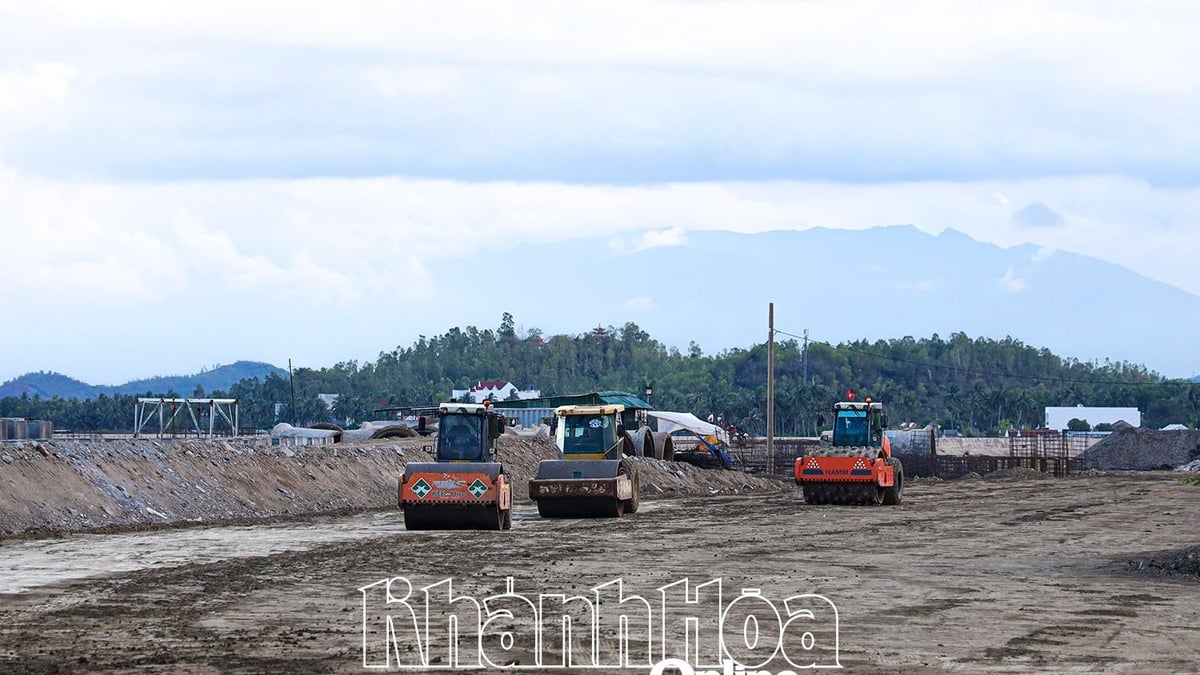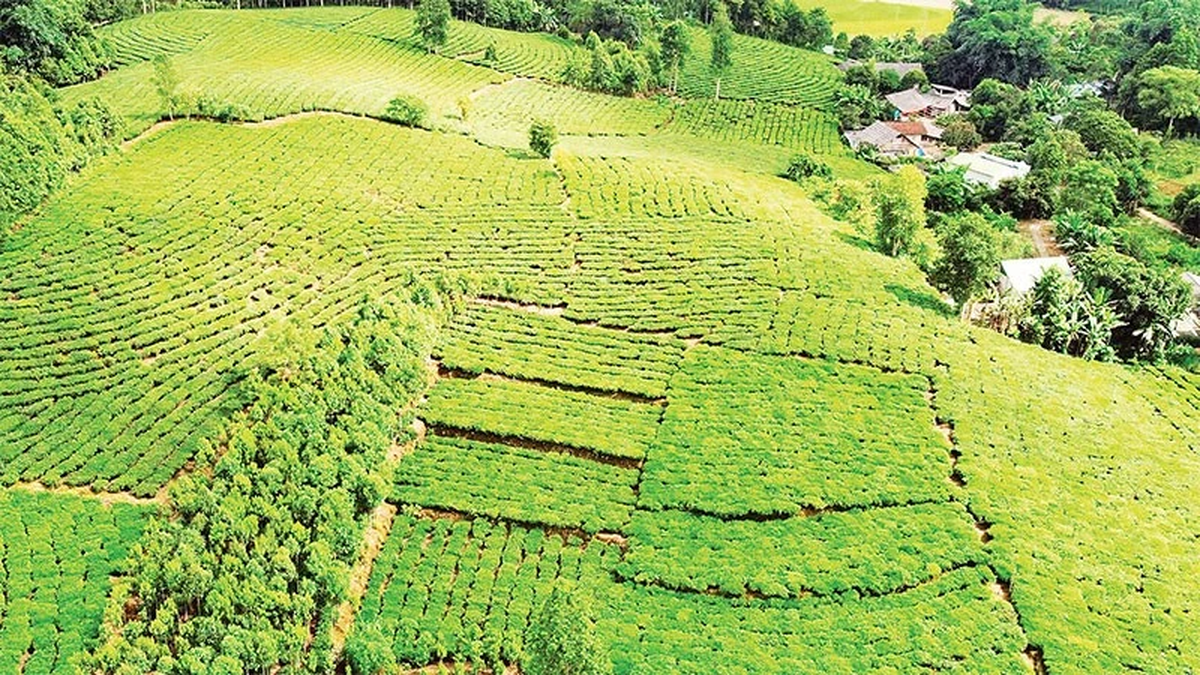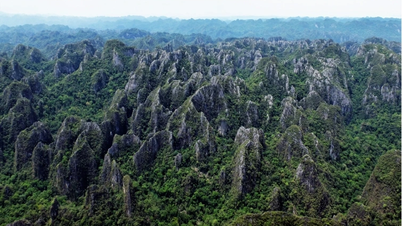
Spain is still battling a prolonged drought that has reduced agricultural output, including in the key olive oil sector, which accounts for nearly half the world’s output. Hot and dry weather brings additional dangers, with studies showing that climate change has increased the risk of wildfires.
Across mainland Spain - excluding the Balearic and Canary Islands - temperatures from March 1 to June 1 averaged 14.2 degrees Celsius, the Spanish environment ministry said. That was 1.8 degrees Celsius higher than the average between 1991 and 2020 and 0.3 degrees Celsius hotter than the previous record set in 1997.
The mercury in the southern province of Cordoba hit a new record high in April at 38.8 degrees Celsius, according to the ministry. Three of the past four seasons - summer and fall 2022 and spring 2023 - were the hottest on record, and this spring was also the second driest on record, with virtually no rain until mid-May, said Ruben del Campo, spokesman for the national weather agency AEMET.
Although the possibility of a prolonged drought has been mitigated by heavy rains in the second half of May, the problem is not yet resolved, he added.
There is a high chance that Spain will once again experience a hotter than normal summer this year, especially in the eastern half of the country and on the islands, according to AEMET meteorologist Estrella Gutierrez. AEMET forecasts a 50-70% chance that this summer will be one of the five hottest in the past three decades, although there is also a 40-50% chance that it will have above-average rainfall, she said.
Spain's reservoirs are at an average of 47.4% capacity but have dropped to around 25% in southern Andalusia and northeastern Catalonia.
Source




























![[Photo] Signing of cooperation between ministries, branches and localities of Vietnam and Senegal](https://vphoto.vietnam.vn/thumb/1200x675/vietnam/resource/IMAGE/2025/7/24/6147c654b0ae4f2793188e982e272651)











































































Comment (0)